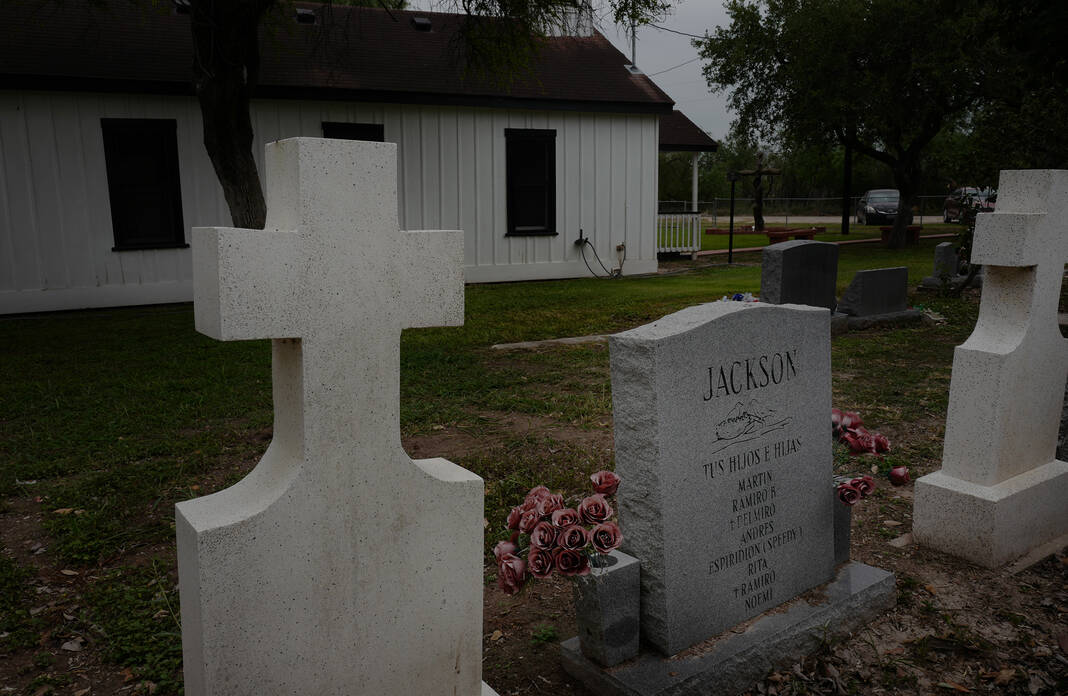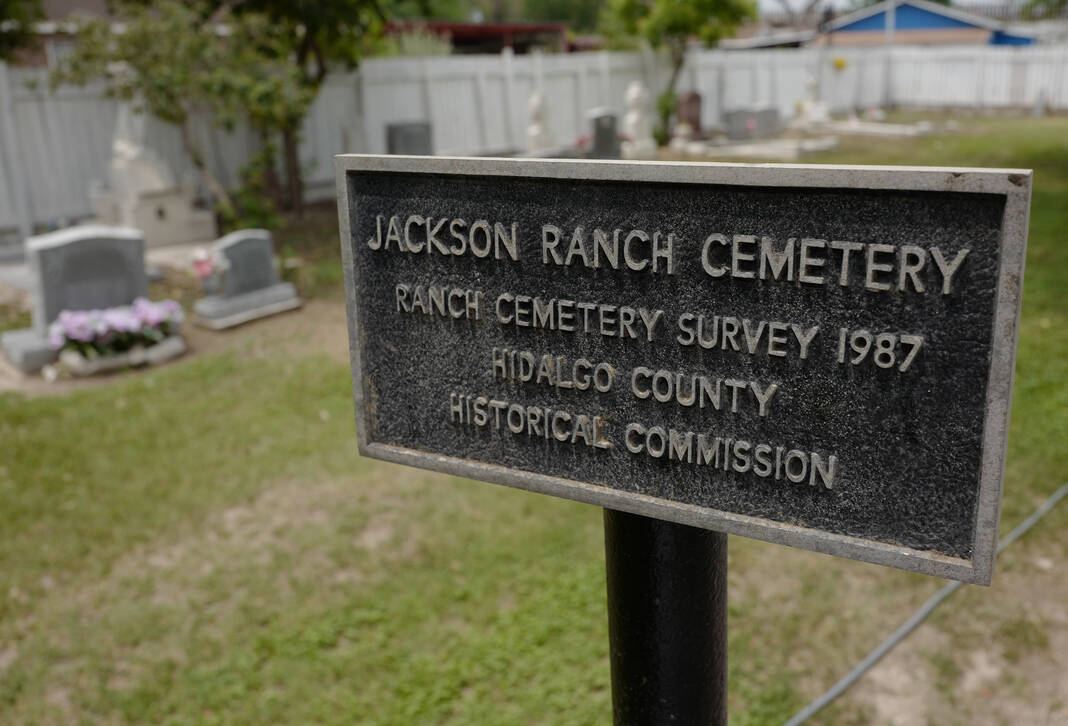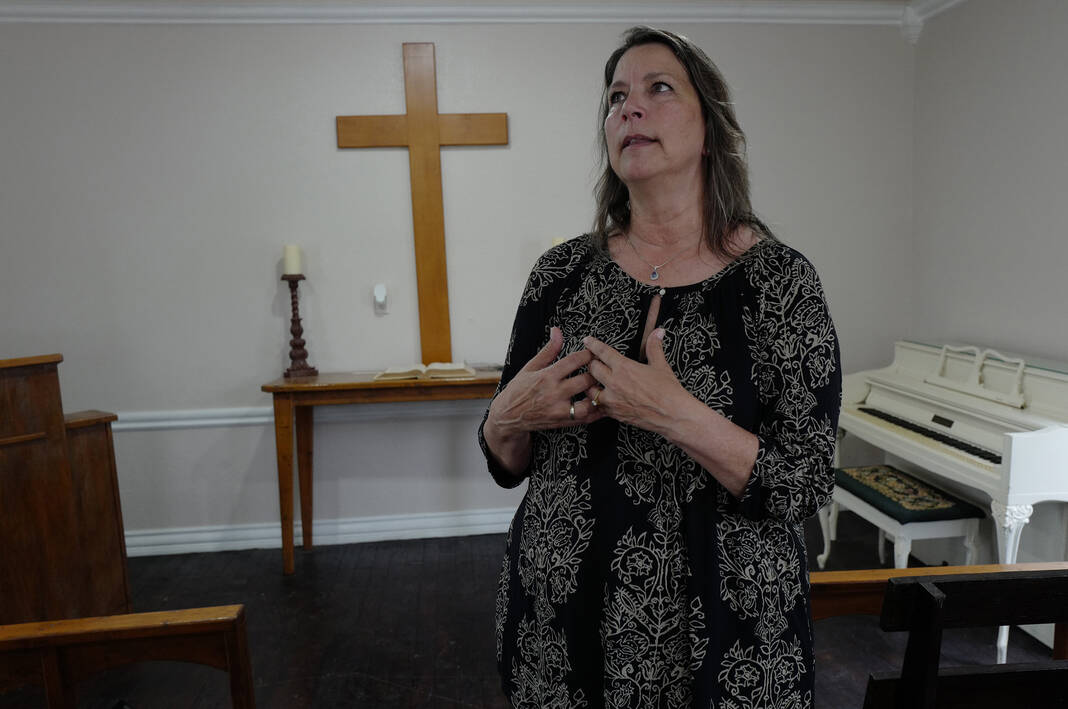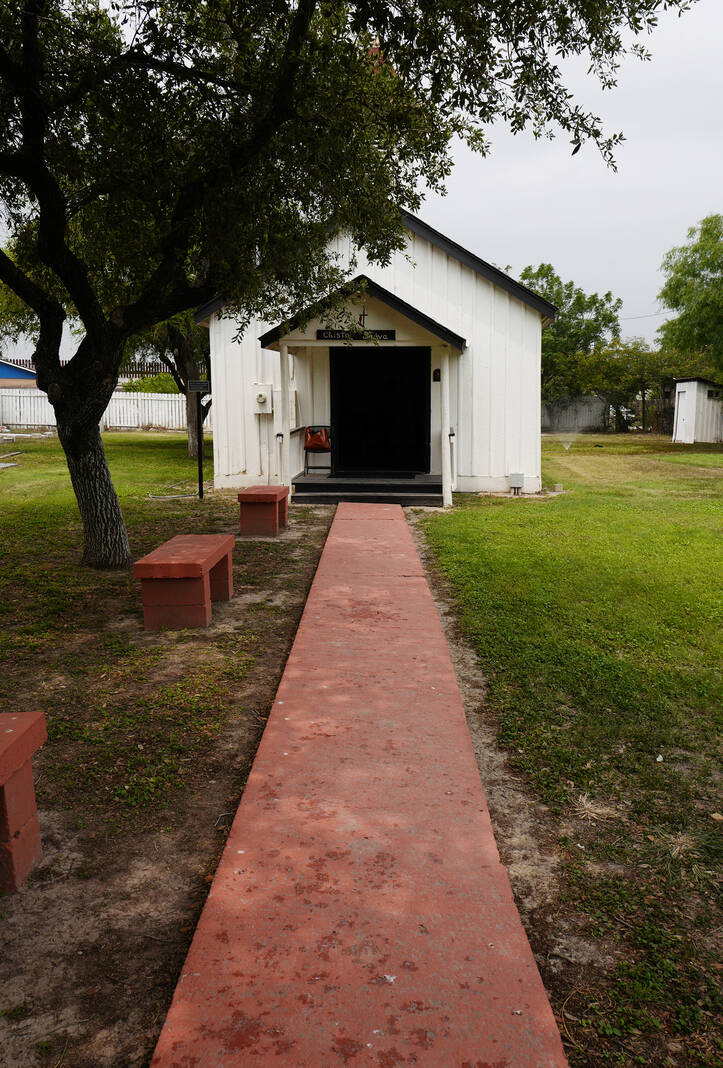|
Only have a minute? Listen instead
Getting your Trinity Audio player ready...
|
SAN JUAN — A local historical site sitting between the Rio Grande and the border wall is being recognized for the role it played in helping slaves escape to freedom in Mexico.
In April, the National Park Service announced 19 new listings for its Underground Railroad Network to Freedom, including Jackson Ranch Church and Martin Jackson Cemetery in San Juan.
The site was founded after Nathaniel Jackson, a white farmer from Alabama purchased 5,535 acres of land in 1857. He settled the land with his life partner Matilda Hicks, a formerly enslaved Black woman, and their mixed-race children, grandchildren, and extended family members.
It was there that Jackson established a religious congregation that would clandestinely offer sanctuary and a path for runaway slaves to escape to freedom.
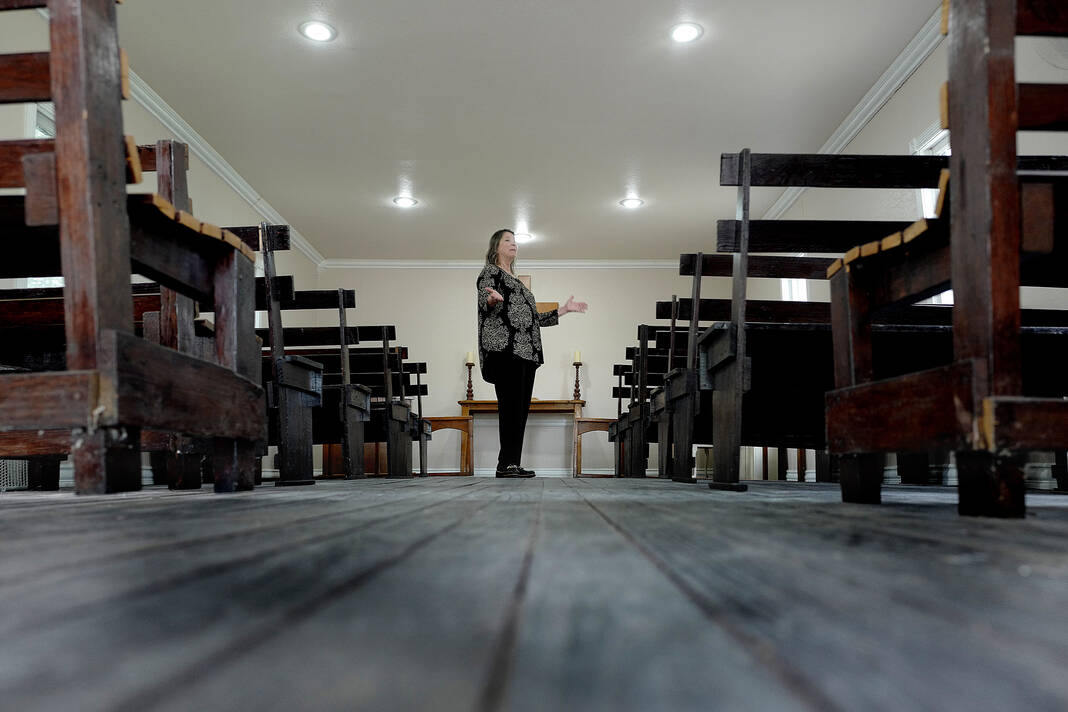
“Nathaniel Jackson and the family were known to be very benevolent,” Roseann Bacha-Garza, an anthropology lecturer at University of Texas Rio Grande Valley, said.
Bacha-Garza wrote and submitted the application to have the historical site designated as part of the National Park Service’s National Underground Railroad Network to Freedom.
“They were a very spiritual community and wanting to help others and wanting to help these people cross the river into freedom,” she explained. “However, not all of them decided to go across the river. Some of them decided to stay here, so they would house them and feed them and welcome them as part of the community.”
The National Park Service’s National Underground Railroad Network to Freedom was created by Congress in 1998 in an effort to recognize places and programs with connections to the Underground Railroad.
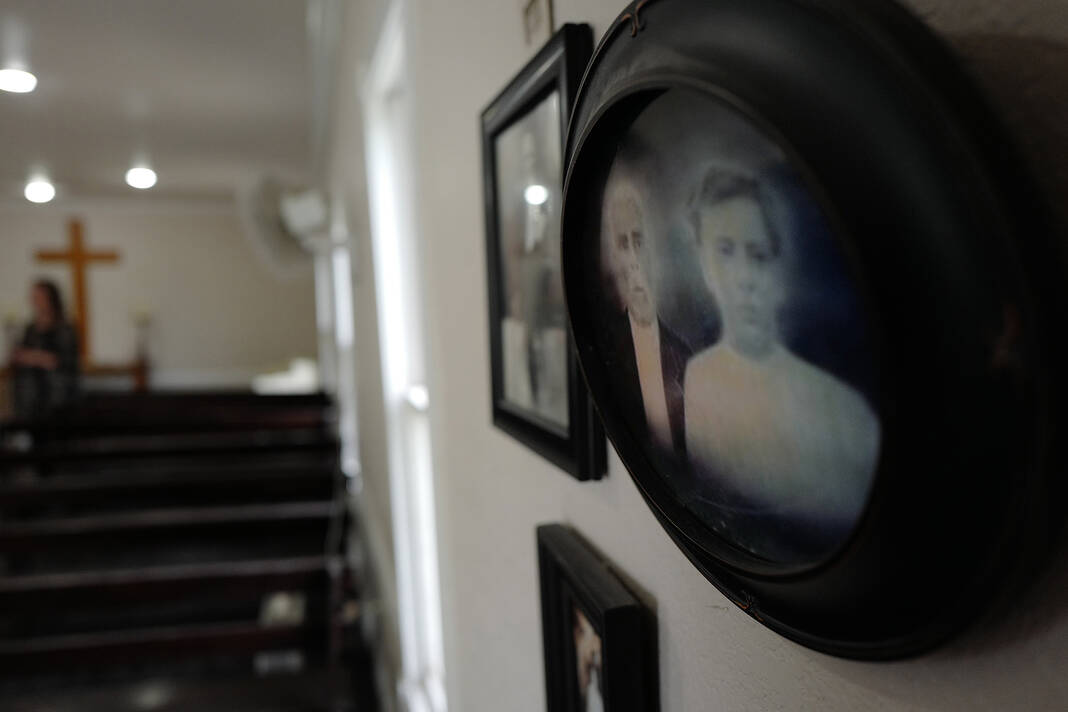
There are currently close to 800 sites and programs recognized by the program throughout the United States.
The 19 newly recognized listings include programs and locations in 10 states, including Texas with Mission San Jose in San Antonio.
Bacha-Garza explained that while many runaway slaves traveled north to escape freedom, there were also those who traveled south toward Mexico which had abolished slavery in 1829 — traversing hundreds of miles of treacherous land while hiding from slave catchers, bounty hunters and Texas Rangers.
“It was a long distance journey — a very lonely long distance journey and a very dangerous long distance journey and very physically demanding,” Bacha-Garza said.
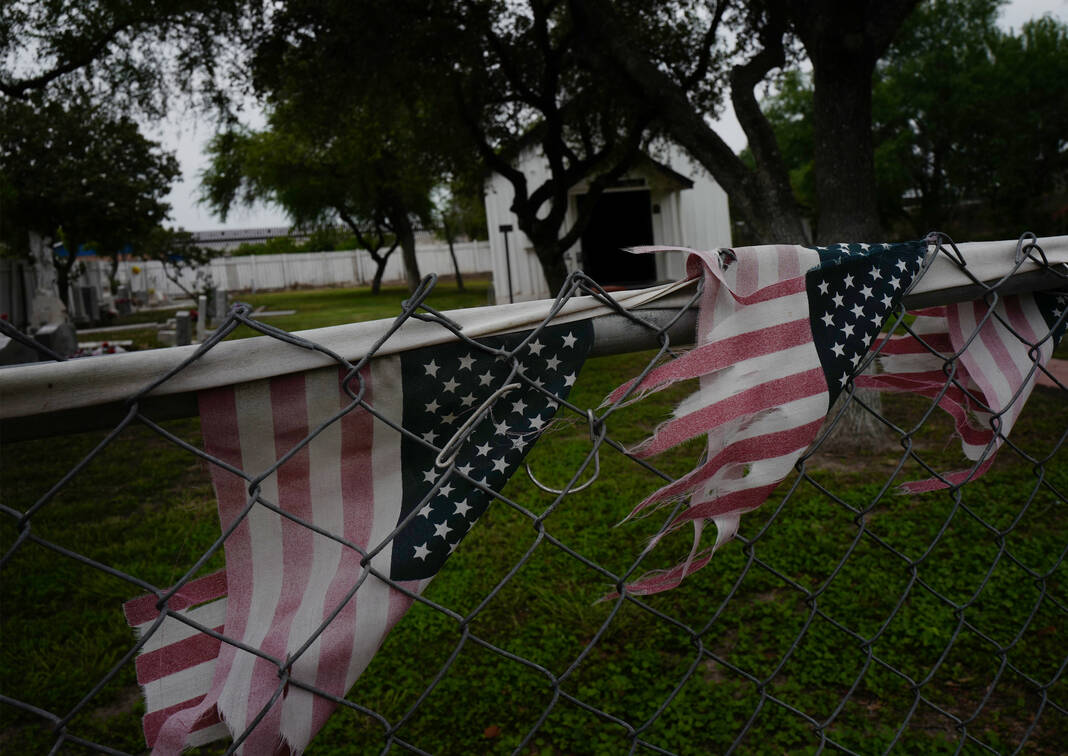
The site of the Jackson Ranch Church and Martin Jackson Cemetery and its proximity to a ferry crossing and the town of Reynosa proved beneficial to those seeking to escape slavery.
With the designation on the Network to Freedom Trail, the Jackson Ranch Church will be able to apply for grant money to further educate and share the story of the Jackson family and their role in helping slaves escape to freedom.
“I feel joy in the knowledge that the research that I did was able to enable them to push this story further,” Bacha-Garza said about the descendants of the Jackson family. “I’m very happy to have provided that for the family, but it’s their story. It’s their family. They own this story, and I feel great joy in seeing how proud they are of their ancestors.”


